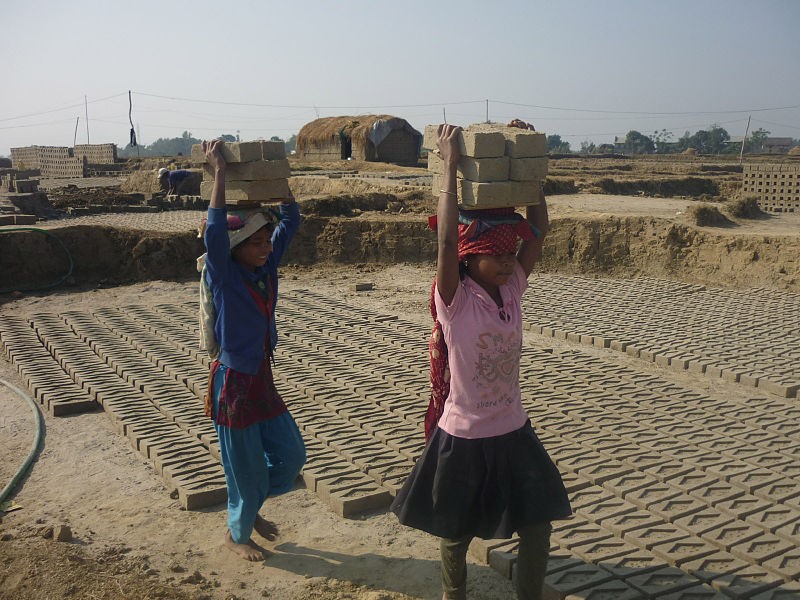
GENEVA – June 12, 2018, is World Day Against Child Labor. The annual event is sponsored by the International Labour Organization (ILO) and is intended to “direct attention to the plight of child laborers with the hope of one day being able to end all forms of child labor that may exist in the world today.”
The ILO estimates that there are 215 million child laborers at work around the globe. Evidence points to an alarming one-half of those children being engaged in extremely hazardous work. Compassion International estimates the number to be closer to 168 million, comprised of 100 million boys and 68 million girls, contributing to $150 billion annually in illegal profits.
That’s elitism for “something needs to be done.” Despite the challenge, the record shows that “Between 2012 and 2016, there was almost no reduction in the number of children aged five to 11 [engaged] in child labor, and the number of these most vulnerable, youngest children in hazardous work actually increased.”
In addition, the ILO has noted that “almost half” of the children doing hazardous work are between the ages of 15 and 17 and their numbers are increasing!
On 04 June 2018, ILO Director-General, Guy Ryder, pushed for urgent action to “tackle the economic root causes of child labor” on an international, national, and local scale. However, calling for action does not necessarily generate the desired results. If the root cause is economic, workers of any age become commodities necessary only for the generation of profits for business stakeholders.
Nobel peace prize laureate, Kailash Satyarthi, explained that “If the children are still trapped in the international supply chains, if the children are still enslaved, if the children are still sold and bought like animals – sometimes for less than the price of animals – to work in the fields and farms, and shops and factories, or for households as domestic workers, this is a blot on humanity.”
What may be more worrisome than the lack of progress in reducing the number of child laborers is a presentation issued by the ILO on 27 April 2018 – “We Need Safe and Healthy Workplaces for Young People.” The very foundation of the presentation is not about eliminating the illegal use of child labor but, rather, making the places where they work less hazardous.”
The ILO began measuring progress in the reduction of child labor in four-year intervals at the beginning of the 21st century. The organization has committed to eliminating child labor by 2025. Nearly 75 percent of the allotted time has passed. Regardless of the estimated or actual number of children involved, if the word “million” appears, the world is not close to the eradication of the problem.
| Period | % Decline in Number of Children in Child Labor |
| 2000-2004 | 9.5% |
| 2004-2008 | 3.2% |
| 2008-2012 | 22.0% |
| 2012-2016 | 9.7% |
By the ILO’s own estimate, all forms of child labor will not be eradicated by 2025. Their latest calculations suggest that, if all goes well, there will still be 121 million children in forced labor situations. The organization has duly noted that “We must move much faster if we are to honor our commitment to ending child labor in all its forms by 2025.”
For more on this topics, see our special report, Seeking Justice and Defending Human Rights Wherever Poverty & Oppression Exist.
Sources:
- International Labour Organization, World Day Against Child Labour (WDACL) 2018: Generation Safe & Healthy
- Compassion International, World Day Against Child Labor
- The Atlantic, World Day Against Child Labor
- Xinhua Net, Economic root causes of child labor must be tackled: ILO chief
Image Source:
- Shresthakedar [CC BY-SA 4.0], from Wikimedia Commons




